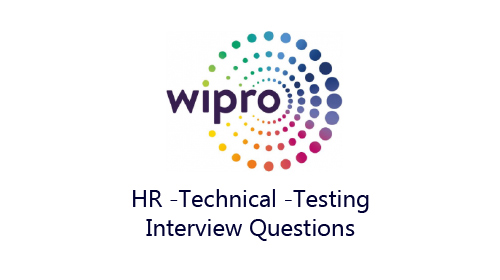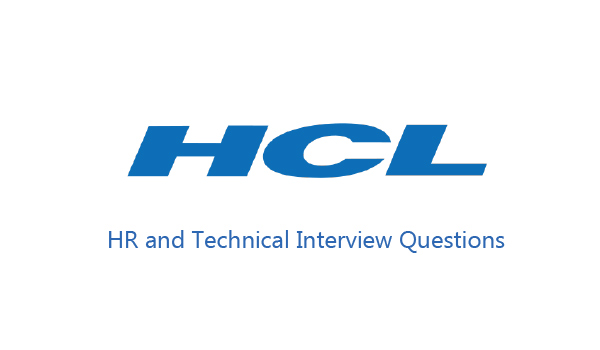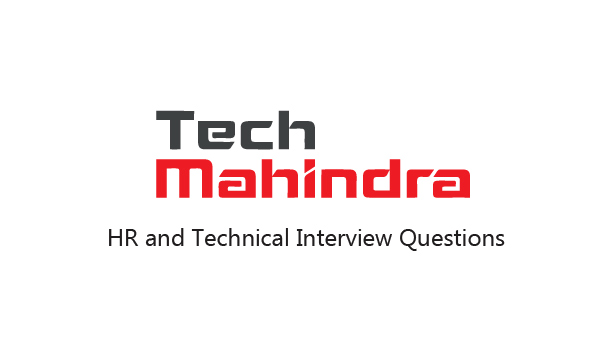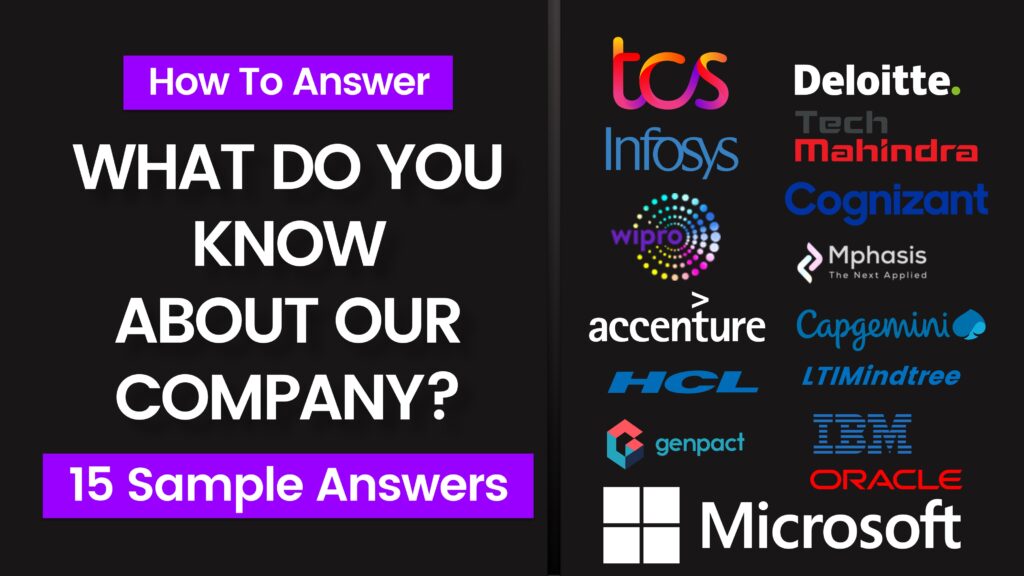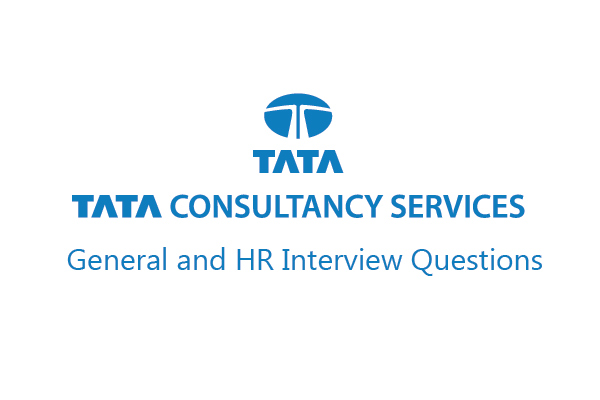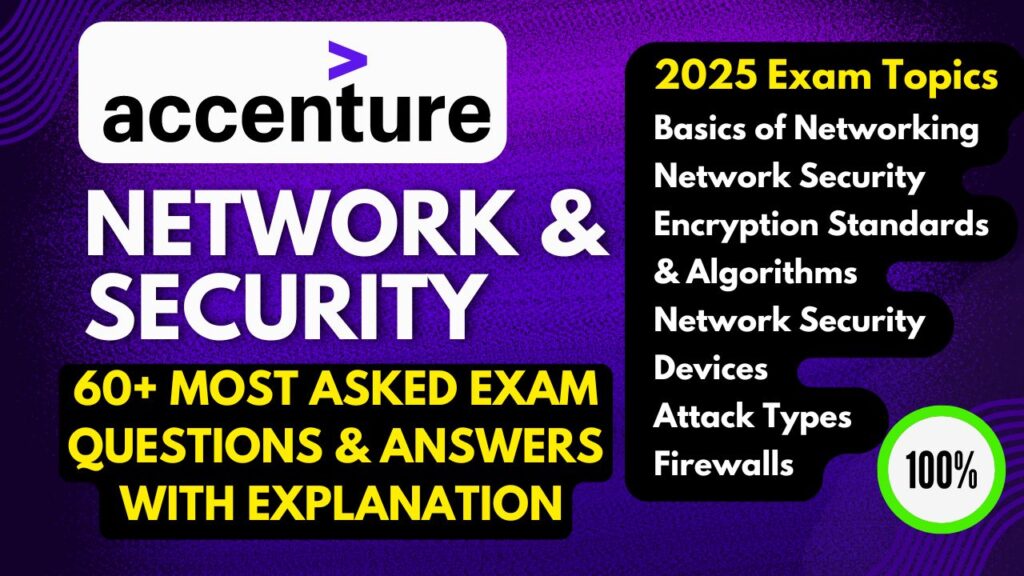Accenture Technical Assessment Test 2025: Key Exam Topics and Sample Questions
Preparing for Accenture’s Technical Assessment Test in 2025? The exam covers essential topics in today’s technology landscape, especially in cloud computing and modern network architectures. To help you get ready, we’ll break down each major topic—
- Fundamentals of Cloud Computing,
- Client-Server Architecture,
- Cloud Data Centers,
- Cloud Service Providers,
- Cloud Service Platforms.
Each topic includes a set of sample questions with multiple-choice answers and explanations to clarify concepts and ensure a solid understanding of the material.
For more Exam Topics: Accenture Network and Security Exam Questions & Answers
This guide offers valuable insights and practice questions to equip you for success on the test and in your future role at Accenture. Let’s dive into each topic to give you a competitive edge.
Fundamentals of Cloud Computing
What is ‘Elasticity’ in cloud computing?
Options:
A) Ability to add or remove resources as needed
B) Capability to maintain data permanently
C) Process of data compression
D) A method for encrypting data
Answer: A
Explanation: Elasticity allows cloud services
Cloud computing is a ____ system that operates with a necessary unidirectional nature.
Options:
A) Stateless
B) Stateful
C) Reliable
D) All of the above
Answer: A
Explanation: Cloud computing is generally considered a stateless system, meaning it does not retain session information on the server side. Each request from the client is treated independently, which is essential for handling the scalable and distributed nature of cloud environments.
Which of the following is a major characteristic of cloud computing?
Options:
A) Multi-tenancy
B) High latency
C) Requires client-server model
D) Limited data storage
Answer: A
Explanation: Multi-tenancy is a key characteristic of cloud computing, allowing multiple users to share resources securely within a single system
Which of the following is NOT a cloud deployment model?
Options:
A) Public cloud
B) Private cloud
C) Hybrid cloud
D) Distributed cloud
Answer: D
Explanation: Distributed cloud is a concept, but it is not a widely recognized deployment model like public, private, or hybrid cloud.
Which of these is an example of Infrastructure as a Service (IaaS)?
Options:
A) Google Workspace
B) Microsoft Azure Virtual Machines
C) Salesforce CRM
D) Adobe Creative Cloud
Answer: B
Explanation: Microsoft Azure Virtual Machines is an IaaS offering, providing virtualized computing resources over the internet.
What is the main benefit of using a public cloud?
Options:
A) Increased control over physical hardware
B) Enhanced customization options
C) Shared resources leading to cost efficiency
D) Complete data privacy and control
Answer: C
Explanation: Public cloud services provide cost efficiency due to resource sharing among multiple clients, reducing costs for individual users.
Which of the following is cloud-based related to pooling and sharing resources?
Options:
A) Polymorphism
B) Abstraction
C) Virtualization
D) None of the above
Answer: C
Explanation: Virtualization is a key technology in cloud computing that enables pooling and sharing of resources. It allows multiple virtual instances to run on a single physical server, making efficient use of hardware resources and providing scalable and flexible computing environments
Which of the following is a primary benefit of cloud computing?
Options:
A) Requires high initial capital investment
B) Limited scalability
C) Provides on-demand resources
D) Increases dependency on hardware
Answer: C
Explanation: Cloud computing provides on-demand resources that can be scaled up or down based on the user’s needs, allowing for flexibility and cost efficiency.
Which of the following cloud deployment models offers resources only to a specific organization? Options:
A) Public Cloud
B) Private Cloud
C) Hybrid Cloud
D) Community Cloud
Answer: B) Private Cloud
Explanation: A private cloud is dedicated to a single organization, offering greater control and security over resources.
Which type of cloud service allows customers to use cloud-based applications without managing the underlying infrastructure?
Options:
A) IaaS
B) PaaS
C) SaaS
D) DaaS
Answer: C) SaaS
Explanation: SaaS (Software as a Service) delivers applications to users over the internet, with the cloud provider managing the infrastructure.
Client server architecture
In client-server architecture, which component provides resources and services to the client? Options:
A) Client
B) Server
C) Database
D) Network
Answer: B) Server
Explanation: The server provides resources and services to clients in a client-server architecture.
Which protocol is most commonly used for web communication between a client and a server? Options:
A) FTP
B) SMTP
C) HTTP
D) SNMP
Answer: C) HTTP
Explanation: HTTP (Hypertext Transfer Protocol) is the primary protocol used for communication between web clients and servers.
What is the primary advantage of client-server architecture?
Options:
A) Increased data redundancy
B) Decentralized control
C) Centralized resource management
D) Slower communication
Answer: C) Centralized resource management
Explanation: Client-server architecture centralizes resource management, allowing easier maintenance and control over data and services.
Which of the following is NOT a common type of client-server architecture?
Options:
- Two-tier architecture
- Three-tier architecture
- N-tier architecture
- Single-tier architecture
Answer: D. Single-tier architecture.
Explanation: A single-tier architecture doesn’t involve separate client and server components.
What is the role of a middleware server in a three-tier architecture?
Options:
- To directly interact with the database
- To handle user requests
- To provide services to the client and server tiers
- To manage network security
Answer: C. To provide services to the client and server tiers.
Explanation: Middleware servers act as an intermediary between the client and server tiers, handling tasks like data validation, business logic, and database interactions.
What is the purpose of load balancing in a client-server architecture?
Options:
- To distribute network traffic evenly across multiple servers
- To encrypt data transmitted between clients and servers
- To authenticate user access to the system
- To monitor system performance
Answer: A. To distribute network traffic evenly across multiple servers.
Explanation: Load balancing helps improve system performance and scalability by distributing incoming requests across multiple servers.
What is the difference between horizontal and vertical scaling in a client-server architecture? Options:
- Horizontal scaling adds more servers, while vertical scaling upgrades existing servers.
- Horizontal scaling upgrades existing servers, while vertical scaling adds more servers.
- Both involve adding more servers to the system.
- Both involve upgrading existing servers.
Answer: A. Horizontal scaling adds more servers, while vertical scaling upgrades existing servers.
Explanation: Horizontal scaling involves adding more servers to handle increased load, while vertical scaling involves upgrading existing servers with more powerful hardware.
What is the role of a session layer in a client-server architecture?
Options:
- To establish and manage communication sessions between clients and servers
- To ensure reliable data transmission between clients and servers
- To provide network addressing and routing
- To encrypt and decrypt data transmitted between clients and servers
Answer: A. To establish and manage communication sessions between clients and servers.
Explanation: The session layer is responsible for creating, maintaining, and terminating communication sessions between clients and servers.
What is the purpose of a firewall in a client-server architecture?
Options:
- To prevent unauthorized access to the network
- To encrypt data transmitted over the network
- To monitor network traffic for malicious activity
- To distribute network traffic evenly across multiple servers
Answer: A. To prevent unauthorized access to the network.
Explanation: A firewall acts as a security barrier, filtering incoming and outgoing network traffic to protect the system from unauthorized access.
What is the role of a DNS server in a client-server architecture?
Options:
- To translate domain names into IP addresses
- To provide email services
- To store and manage web pages
- To authenticate user access to the system
Answer: A. To translate domain names into IP addresses.
Explanation: A DNS server is responsible for resolving domain names (e.g., www.example.com) into IP addresses, which are used to locate servers on the internet.
What is the difference between a stateless and a stateful protocol in a client-server architecture? Options:
- Stateless protocols maintain information about each connection, while stateful protocols do not.
- Stateful protocols maintain information about each connection, while stateless protocols do not.
- Both types of protocols maintain information about each connection.
- Neither type of protocol maintains information about each connection.
Answer: B. Stateful protocols maintain information about each connection, while stateless protocols do not.
Explanation: Stateful protocols, like TCP, maintain information about each connection, allowing for reliable data transmission. Stateless protocols, like UDP, do not maintain connection state, making them faster but less reliable.
Cloud Data Centers
What is a cloud data center?
Options:
- A physical data center that is located in the cloud
- A virtual data center that is hosted on a cloud platform
- A large-scale data center that provides cloud services
- A small-scale data center that is used for personal computing
Answer: C. A large-scale data center that provides cloud services.
Explanation: A cloud data center is a large-scale facility that houses servers, storage devices, and networking equipment to deliver cloud services.
In a cloud data center, what is the role of a Content Delivery Network (CDN)?
Options:
- A) To store backup data
- B) To speed up the delivery of web content to users
- C) To manage server load balancing
- D) To provide security for data transfers
Answer: B) To speed up the delivery of web content to users
Explanation: A CDN is a distributed network of servers that caches content closer to users, reducing latency and improving the speed at which content is delivered over the internet.
What is the primary benefit of using a cloud data center?
Options:
- Reduced IT costs
- Improved security
- Increased scalability
- All of the above
Answer: D. All of the above.
Explanation: Cloud data centers offer numerous benefits, including reduced IT costs, improved security, increased scalability, and enhanced flexibility.
What is the role of virtualization in cloud data centers?
Options:
- To create multiple virtual servers on a single physical server
- To encrypt data transmitted over the network
- To monitor system performance
- To distribute network traffic evenly across multiple servers
Answer: A. To create multiple virtual servers on a single physical server.
Explanation: Virtualization allows multiple virtual servers to run on a single physical server, improving resource utilization and reducing hardware costs.
What is the difference between public and private cloud data centers?
Options:
- Public cloud data centers are owned by the cloud provider, while private cloud data centers are owned by the customer.
- Public cloud data centers are owned by the customer, while private cloud data centers are owned by the cloud provider.
- Both types of data centers are owned by the cloud provider.
- Both types of data centers are owned by the customer.
Answer: A. Public cloud data centers are owned by the cloud provider, while private cloud data centers are owned by the customer.
Explanation: Public cloud data centers are shared by multiple customers, while private cloud data centers are dedicated to a single organization.
Which cooling method is commonly used in large data centers to manage temperature?
Options:
A) Liquid cooling
B) Natural ventilation
C) Thermal blankets
D) Radiator cooling
Answer: A) Liquid cooling
Explanation: Liquid cooling is often used in data centers as it efficiently manages the high temperatures generated by servers.
What is the role of a network load balancer in a cloud data center?
Options:
- To distribute network traffic evenly across multiple servers
- To encrypt data transmitted over the network
- To monitor system performance
- To authenticate user access to the system
Answer: A. To distribute network traffic evenly across multiple servers.
Explanation: A network load balancer distributes incoming network traffic across multiple servers to improve performance and scalability.
What is the purpose of redundant power supplies in a cloud data center?
Options:
- To prevent power outages
- To improve energy efficiency
- To reduce cooling costs
- To increase network bandwidth
Answer: A. To prevent power outages.
Explanation: Redundant power supplies provide backup power in case of a power failure, ensuring continuous operation of the data center.
What is the role of a storage area network (SAN) in a cloud data center?
Options:
- To provide high-speed, block-level storage for servers
- To store and manage user data
- To backup and restore data
- To provide network connectivity between servers
Answer: A. To provide high-speed, block-level storage for servers.
Explanation: A SAN provides high-performance block-level storage for servers, allowing for rapid data access and storage.
What is the purpose of a cooling system in a cloud data center?
Options:
- To prevent overheating of servers and other equipment
- To reduce energy consumption
- To improve air quality
- To reduce noise pollution
Answer: A. To prevent overheating of servers and other equipment.
Explanation: Cooling systems help maintain optimal operating temperatures for servers and other equipment, preventing hardware failures.
cloud service provider
Which of the following is a well-known cloud service provider?
Options:
A) Microsoft Azure
B) GitHub
C) Android OS
D) YouTube
Answer: A
Explanation: Microsoft Azure is a prominent cloud service provider, offering a wide range of cloud services.
Which cloud service provider uses the term “S3” for its storage service?
Options:
A) Google Cloud Platform
B) Microsoft Azure
C) AWS (Amazon Web Services)
D) IBM Cloud
Answer: C
Explanation: Amazon Web Services (AWS) provides the Simple Storage Service (S3) for scalable data storage.
What is the term used by Google Cloud Platform for its virtual machine services?
Options:
A) EC2
B) Compute Engine
C) Elastic VM
D) Virtual Compute
Answer: B-Compute Engine
Explanation: Compute Engine is Google Cloud Platform’s service for running virtual machines.
Which of the following is NOT a major cloud service provider? Options:
- Amazon Web Services (AWS)
- Microsoft Azure
- Google Cloud Platform (GCP)
- IBM Watson
Answer: D. IBM Watson
Explanation: While IBM Watson is a powerful AI platform, it’s not a major cloud service provider.
What is the key difference between IaaS, PaaS, and SaaS?
Options:
- The level of control over the infrastructure
- The type of software used
- The cost of the service
- The security features provided
Answer: A. The level of control over the infrastructure
Explanation: IaaS provides the most control, allowing users to manage the infrastructure. PaaS offers a platform for building and deploying applications, while SaaS provides ready-to-use applications.
What is the benefit of using a public cloud?
Options:
- Increased security
- Lower upfront costs
- Greater control over the infrastructure
- Improved compliance
Answer: B. Lower upfront costs
Explanation: Public clouds offer pay-as-you-go pricing models, reducing upfront costs.
What is a hybrid cloud?
Options:
- A cloud environment that combines public and private cloud components
- A cloud environment that uses multiple public cloud providers
- A cloud environment that uses multiple private cloud providers
- A cloud environment that uses a single cloud provider
Answer: A. A cloud environment that combines public and private cloud components
Explanation: Hybrid clouds offer flexibility by combining the benefits of public and private clouds.
What is the role of a cloud broker?
Options:
- To manage cloud resources
- To provide cloud consulting services
- To resell cloud services from multiple providers
- To develop cloud-native applications
Answer: C. To resell cloud services from multiple providers
Explanation: Cloud brokers act as intermediaries, simplifying the procurement and management of cloud services.
What is the importance of cloud security?
Options:
- To protect data from unauthorized access
- To ensure the availability of cloud services
- To comply with data privacy regulations
- All of the above
Answer: D. All of the above
Explanation: Cloud security is essential for protecting data, ensuring service availability, and complying with regulations.
What is a cloud-native application?
Options:
- An application that is designed to run on a specific cloud platform
- An application that is built using traditional software development practices
- An application that is designed to run on-premises
- An application that is designed to run in a cloud environment
Answer: D. An application that is designed to run in a cloud environment
Explanation: Cloud-native applications are built to take advantage of cloud features like scalability, elasticity, and microservices architecture.
What is the role of a cloud architect?
Options:
- To design and implement cloud solutions
- To develop cloud-native applications
- To manage cloud infrastructure
- To provide cloud security
Answer: A. To design and implement cloud solutions
Explanation: Cloud architects are responsible for designing and implementing cloud solutions that meet business requirements.
Cloud Service Platforms
What is a cloud platform?
Options:
A) A software platform that runs on cloud infrastructure
B) A hardware platform that runs cloud services
C) A network platform that connects cloud services
D) A security platform that protects cloud services
Answer: A. A software platform that runs on cloud infrastructure
Explanation: A cloud platform provides the tools and services needed to develop, deploy, and manage applications in the cloud.
Which cloud service model provides developers with an environment to build, deploy, and manage applications?
Options:
A) SaaS
B) IaaS
C) PaaS
D) DaaS
Answer: C
Explanation: PaaS (Platform as a Service) offers a platform allowing developers to build, deploy, and manage applications without managing underlying infrastructure.
Which of the following describes a benefit of using a cloud service platform?
Options:
A) Requires significant hardware investment
B) Provides flexibility and scalability
C) Limits user access to applications
D) Mandates local data storage
Answer: B
Explanation: Cloud service platforms offer flexibility and scalability, allowing organizations to quickly adapt their resources based on demand without the need for large hardware investments.
In which model does the client have control over operating systems and applications but not the infrastructure?
Options:
A) SaaS
B) IaaS
C) PaaS
D) DaaS
Answer: B
Explanation: IaaS (Infrastructure as a Service) provides virtualized computing resources over the internet where users can control OS and applications.
Which of the following is a popular cloud platform?
Options:
A) AWS Lambda
B) Google Kubernetes Engine
C) Microsoft Azure App Service
D) All of the above
Answer: D. All of the above
Explanation: All of these are popular cloud platforms offered by major cloud providers.
What is the role of a container orchestration platform?
Options:
- To manage and deploy containers
- To provide serverless computing
- To store and manage data
- To secure cloud applications
Answer: A. To manage and deploy containers
Explanation: Container orchestration platforms like Kubernetes automate the deployment, scaling, and management of containers.
What is serverless computing?
Options:
A) A computing model where the cloud provider manages the infrastructure
B) A computing model where the application code runs in containers
C) A computing model where the application code runs in virtual machines
D) A computing model where the application code runs on bare metal servers
Answer: A. A computing model where the cloud provider manages the infrastructure
Explanation: Serverless computing allows developers to focus on writing code without worrying about managing servers.
What is the role of a cloud function?
Options:
A) To execute a specific task in response to an event
B) To provide a persistent storage service
C) To manage network traffic
D) To secure cloud applications
Answer: A. To execute a specific task in response to an event
Explanation: Cloud functions are small, self-contained units of code that can be triggered by events like HTTP requests or data changes.
What is the benefit of using a cloud platform?
Options:
- Increased scalability
- Reduced costs
- Improved agility
- All of the above
Answer: D. All of the above
Explanation: Cloud platforms offer numerous benefits, including scalability, cost reduction, and improved agility.
What is the role of a cloud database?
Options:
- To store and manage data in the cloud
- To provide network connectivity
- To secure cloud applications
- To monitor cloud performance
Answer: A. To store and manage data in the cloud
Explanation: Cloud databases offer scalable and reliable data storage solutions.
Please note, these practice questions are intended for reference purposes only, to help you familiarize yourself with the type of content you may encounter in the actual exam. Use them as a guide to strengthen your understanding and boost your confidence before taking the test.
Good luck with your preparation!
